For over 50 years, Mortuary Lift Company has been dedicated to providing innovative solutions that enhance efficiency and safety in funeral homes and morgues. Ensuring a safe working environment is crucial for every mortuary professional, as handling deceased bodies involves unique risks. Here are some of the best safety practices in the mortuary and body removal industry to help you safeguard your team and operations.
1. Implement Proper Lifting Techniques and Equipment
Manual lifting is one of the leading causes of injuries in the mortuary industry. Improper lifting techniques can result in strains, sprains, or even serious back injuries. To minimize these risks:
- Use appropriate lifting equipment. Invest in specialized casket and body lift devices that help handle bodies safely and efficiently. Mortuary Lift Company’s range of casket and body lift solutions is designed to accommodate various sizes and weights, reducing the strain on your staff.
- Train staff in proper lifting techniques. Regular training sessions can help ensure that all team members know the correct postures and methods for lifting and transferring bodies. Remind staff to lift with their legs, not their back, and avoid aggressive or sudden twisting movements.
2. Maintain a Clean and Organized Workspace
A cluttered or unclean workspace increases the risk of accidents such as slips, trips, and falls. To create a safer environment:
- Keep floors and work surfaces clean and dry. Use non-slip mats and promptly clean up any spills.
- Organize tools and equipment. Ensure all equipment, including body lifts, is stored properly when not in use. Clear pathways are essential for safe navigation.
3. Utilize Personal Protective Equipment (PPE)
Personal protective equipment is vital in minimizing exposure to potential hazards, including infectious diseases.
- Wear appropriate PPE. Gloves, masks, eye protection, and gowns are essential when handling deceased bodies and chemicals. Ensure all PPE is of high quality and easily accessible to staff.
- Implement regular PPE checks. Schedule regular inspections to ensure all PPE is in good condition and replaced as needed.
4. Follow Proper Infection Control Protocols
Handling deceased bodies requires strict adherence to infection control protocols to protect staff and prevent contamination.
- Ensure proper sanitization. Disinfect all equipment and surfaces after each use. Use approved disinfectants effective against a broad range of pathogens.
- Adhere to hygiene standards. Encourage regular hand washing and use of hand sanitizers. Establish protocols for handling potentially infectious bodies and ensure all staff are familiar with them.
5. Provide Continuous Training and Education
Regular training ensures all staff members remain updated on the latest safety practices and equipment use.
- Conduct regular safety drills. Practicing emergency scenarios, such as body removal in confined spaces or hazardous environments, helps prepare staff for real-life situations.
- Encourage professional development. Offer courses or workshops on body handling, equipment use, and safety protocols.
6. Utilize Ergonomic Work Practices
Ergonomics plays a vital role in reducing workplace injuries by adapting work conditions to the needs of employees.
- Adjust workstations to fit the employee. Ensure equipment like embalming tables and body lifts are at appropriate heights to prevent strain.
- Promote frequent breaks. Encourage staff to take breaks to stretch and rest, especially after physically demanding tasks.
7. Establish Clear Communication Protocols
Effective communication is essential for ensuring safety in the mortuary and body removal process.
- Use clear labeling and signage. Clearly mark hazardous areas, equipment, and materials.
- Encourage open dialogue. Create a culture where staff can voice concerns or suggest improvements to current safety practices.
8. Regularly Inspect and Maintain Equipment
Equipment malfunctions can lead to serious accidents or injuries. To mitigate these risks:
- Schedule routine inspections. Regularly check all equipment, such as body lifts, refrigeration units, and embalming machines, for signs of wear and tear.
- Perform timely maintenance. Address any issues promptly to prevent equipment failure during critical tasks.
- Upgrade outdated equipment. Replacing old or worn-out tools and equipment with modern, ergonomically designed equipment can reduce the risk of injury, improve efficiency, and ensure compliance with current safety standards.
Conclusion
Safety in the mortuary and body removal industry is paramount to protecting your staff and maintaining a productive environment. By implementing these best practices, you can reduce the risk of injury, enhance operational efficiency, and ensure a safe workplace. At Mortuary Lift Company, we are committed to supporting you with reliable equipment solutions designed to meet your specific needs. Reach out to learn more about how our products can help elevate your operations.
By adhering to these safety guidelines, funeral homes and morgues can create a secure and efficient working environment, ensuring the well-being of their staff and the dignity of the deceased.
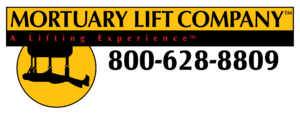

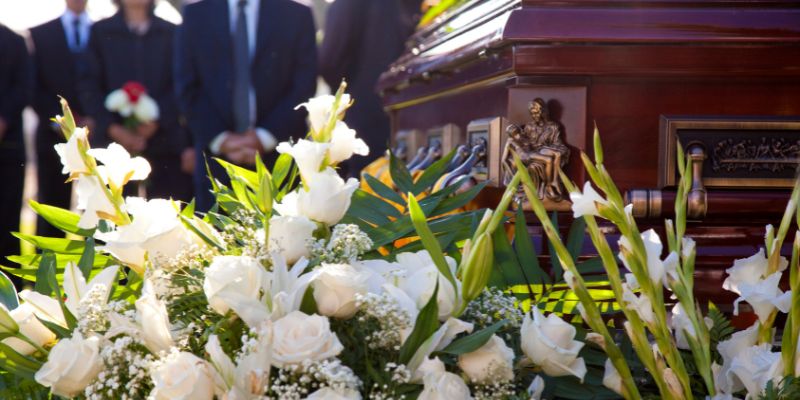
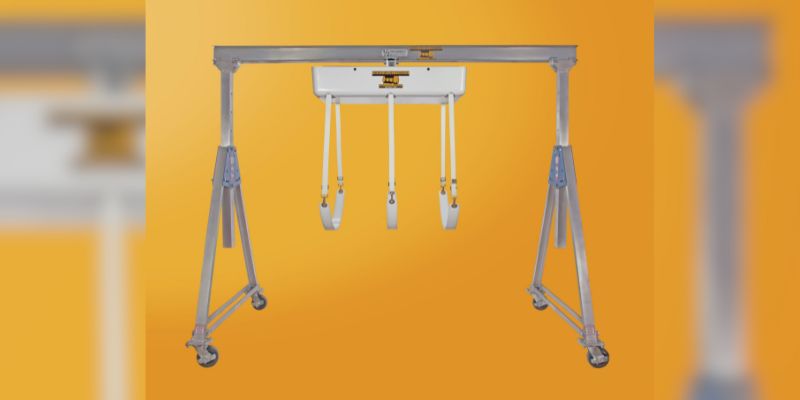
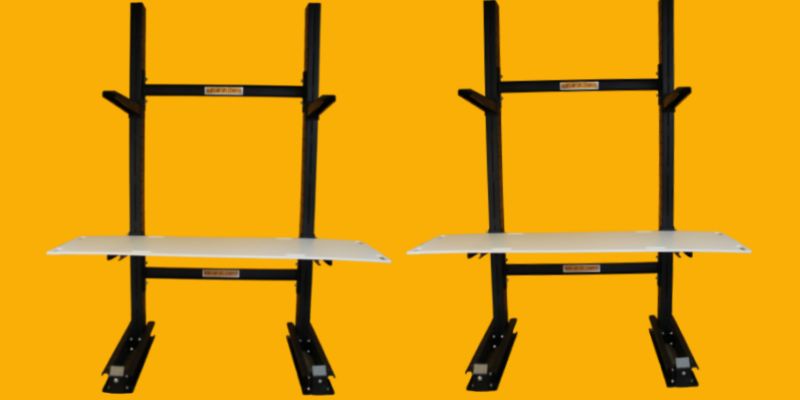
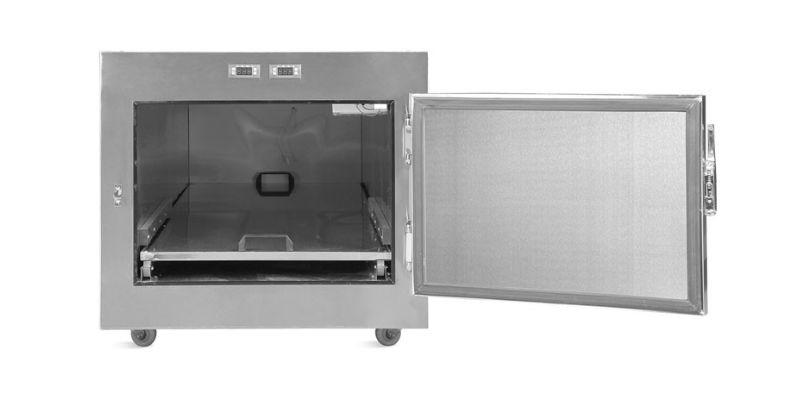
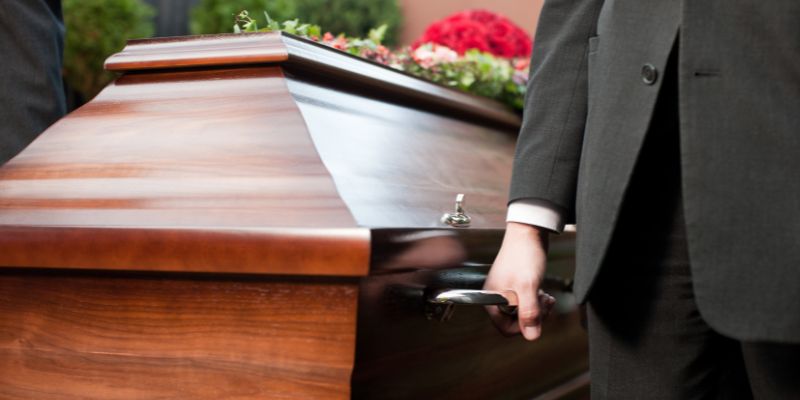
Leave A Comment